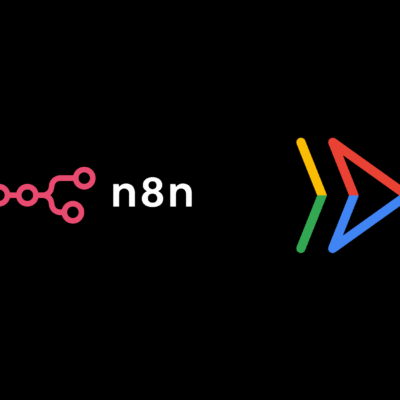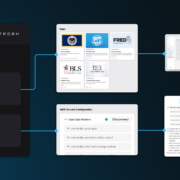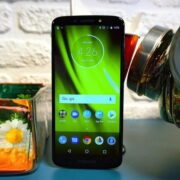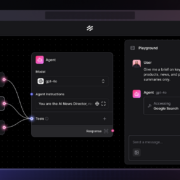In today’s fast-paced, always-connected world, staying online is essential, whether you’re working remotely, traveling, or simply away from your home or office Wi-Fi. One of the most convenient solutions is using your smartphone as a mobile hotspot. This guide will walk you through everything you need to know about setting up a hotspot on your phone, including tips for Android devices, iPhones, and more.
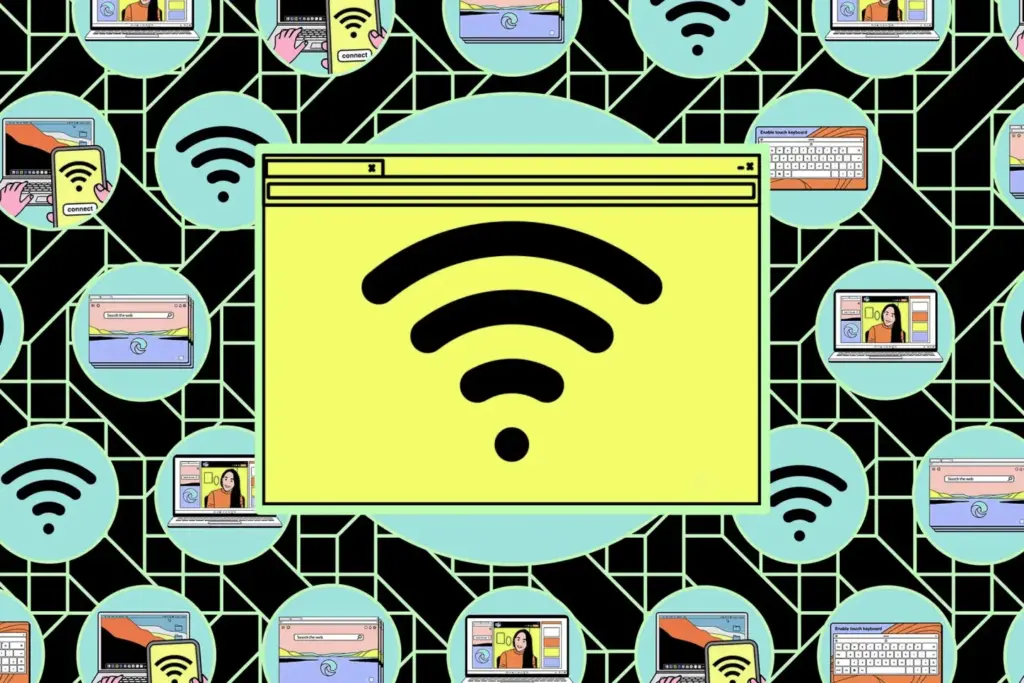
What is a Mobile Hotspot?
A mobile hotspot allows your smartphone to share its cellular data connection with other devices, such as laptops, tablets, or even other phones. This creates a Wi-Fi network that can be accessed by anyone with the password. It’s a lifesaver when you’re in areas with limited or no Wi-Fi access.
Advantages and Disadvantages of Using a Hotspot
Before diving into the setup process, it’s important to weigh the pros and cons of using your phone as a hotspot:
Pros:
- Enhanced Security: Unlike public Wi-Fi networks, your hotspot is private and password-protected.
- Fast Speeds: If you’re in an area with strong 4G or 5G coverage, your hotspot can deliver impressive upload and download speeds.
- Portability: Your hotspot travels with you, making it ideal for remote work or travel.
Cons:
- Data Usage: Hotspots can quickly consume your monthly data allowance, especially if you’re streaming or downloading large files.
- Battery Drain: Using your phone as a hotspot can significantly reduce its battery life.
- Device Limitations: Some carriers restrict hotspot usage or charge extra for it.
How to Set Up a Hotspot on Android (Pixel and Samsung Galaxy)
For Pixel Devices:
- Open the Settings app on your Pixel phone.
- Navigate to Network & Internet > Hotspot & Tethering.
- Toggle on Wi-Fi Hotspot to enable it. For first-time users, tap on the hotspot option to set a custom network name and password.
- Enable Instant Hotspot if you want other devices linked to your Google account to connect automatically.
- Use the Turn Off Automatically feature to conserve battery when the hotspot isn’t in use.
For Samsung Galaxy Devices:
- Open the Settings app on your Galaxy phone.
- Go to Connections > Mobile Hotspot and Tethering.
- Toggle on Mobile Hotspot to activate it.
- Tap on the hotspot option to customize the network name, password, and enable Auto Hotspot for seamless connections with other Samsung devices.
- Monitor data usage to avoid exceeding your plan’s limits.



How to Set Up a Hotspot on an iPhone
- Open the Settings app on your iPhone.
- Tap Personal Hotspot.
- Toggle on Allow Others to Join.
- Enable Maximize Compatibility if you’re connecting older devices that only support 2.4GHz Wi-Fi.
- Use the Instant Hotspot feature to allow Apple devices signed in to the same iCloud account to connect without entering a password.
Tips for Optimizing Your Mobile Hotspot
- Monitor Data Usage: Check your carrier’s app or settings to track how much data your hotspot is consuming.
- Conserve Battery: Keep your phone plugged in while using it as a hotspot to avoid draining the battery.
- Use 5G or 4G: For faster speeds, ensure you’re in an area with strong cellular coverage.
- Secure Your Network: Always use a strong password to prevent unauthorized access.
Hotspot Data Plans: What You Need to Know
Most carriers offer hotspot data as part of their plans, but it’s often limited. For example:
- Verizon’s Unlimited Plus plan includes 30GB of high-speed hotspot data per month.
- AT&T’s Unlimited Extra EL plan also offers 30GB of hotspot data.
Once you exceed these limits, speeds may be throttled. If you frequently use your hotspot, consider upgrading to a plan with a higher data allowance or purchasing an unlimited hotspot plan.
Dedicated Hotspot Devices: Are They Worth It?
If you need a more reliable and powerful solution, dedicated hotspot devices like the Netgear Nighthawk M6 are worth considering. These devices:
- Offer faster speeds and better range than phone hotspots.
- Support multiple devices simultaneously.
- Serve as backup home routers in case of broadband outages.
However, they require a separate SIM card and data plan, making them a more expensive option.
Conclusion
Using your phone as a hotspot is a convenient and efficient way to stay connected on the go. Whether you’re a business professional, a student, or a traveler, knowing how to set up and optimize your hotspot can save you time and hassle. Just remember to monitor your data usage, secure your network, and keep your phone charged. Stay connected, stay productive, and make the most of your mobile hotspot!



